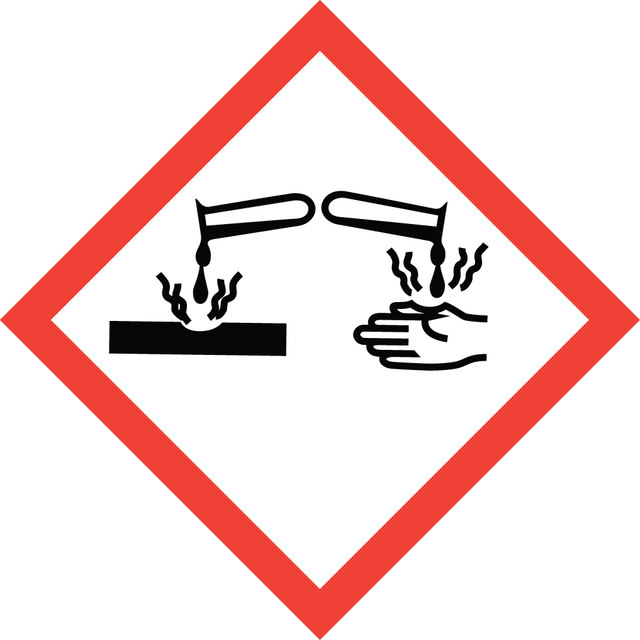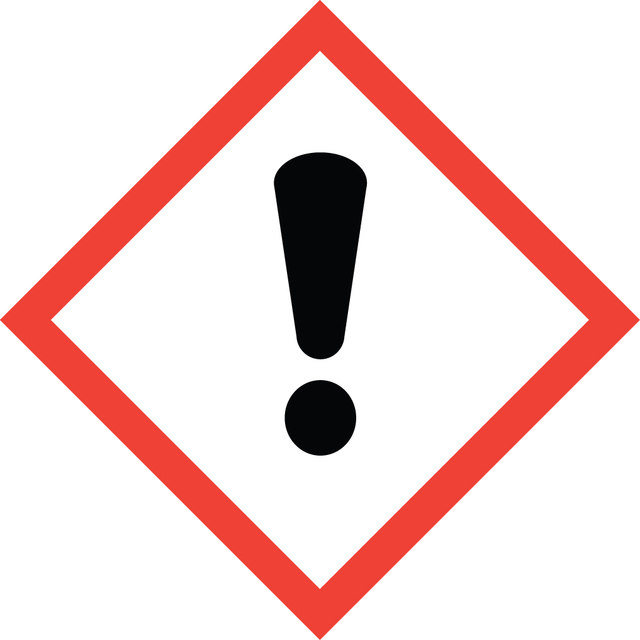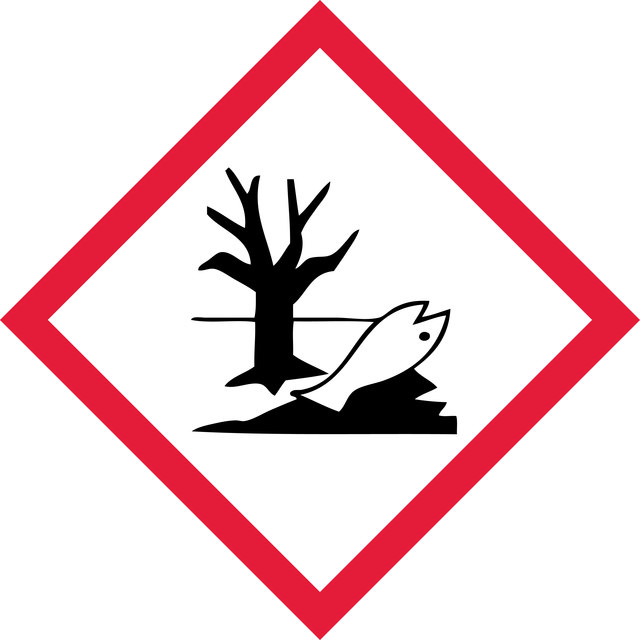229628
Copper(I) chloride
≥99.995% trace metals basis
동의어(들):
Copper monochloride, Cuprous chloride
크기 선택
제품정보 (DICE 배송 시 비용 별도)
vapor pressure
1.3 mmHg ( 546 °C)
Quality Level
분석
≥99.995% trace metals basis
양식
powder
반응 적합성
core: copper
reagent type: catalyst
기술
mass spectrometry (MS): suitable
불순물
≤50.0 ppm Trace Rare Earth Analysis
bp
1490 °C (lit.)
mp
430 °C (lit.)
solubility
slightly soluble 0.47 g/L at 20 °C
SMILES string
Cl[Cu]
InChI
1S/ClH.Cu/h1H;/q;+1/p-1
InChI key
OXBLHERUFWYNTN-UHFFFAOYSA-M
유사한 제품을 찾으십니까? 방문 제품 비교 안내
일반 설명
애플리케이션
Shows unique character as an initiator of radical reactions such as the hydrostannation of α,β-unsaturated ketones.
특징 및 장점
- Exceptional Purity of ≥99.995%, ensures minimal contamination, providing reliable performance in catalytic reactions.
- Low Trace Metal Impurities reduces the risk of side reactions and enhances selectivity in catalysis, leading to higher yields of desired products.
- Maintains stability under reaction conditions, ensuring consistent catalytic performance and longevity.
- The 64.1% copper content in Copper(I) chloride (≥99.995% trace metals) enhances catalytic efficiency, increases reactivity, ensures stability in reactions, and allows for versatile applications while being cost-effective.
신호어
Danger
유해 및 위험 성명서
Hazard Classifications
Acute Tox. 4 Dermal - Acute Tox. 4 Oral - Aquatic Acute 1 - Aquatic Chronic 1 - Eye Dam. 1 - Skin Irrit. 2
Storage Class Code
8A - Combustible corrosive hazardous materials
WGK
WGK 3
Flash Point (°F)
Not applicable
Flash Point (°C)
Not applicable
개인 보호 장비
dust mask type N95 (US), Eyeshields, Faceshields, Gloves
문서
Oxidation and reduction reactions are some of the most common transformations encountered in organic synthesis
The prevailing strategies for heat and electric-power production that rely on fossil and fission fuels are having a negative impact on the environment and on our living conditions.
Lanthanide ions in spectral conversion enhance solar cell efficiency via photon conversion.
Micro review of reversible addition/fragmentation chain transfer (RAFT) polymerization.
프로토콜
We present an article about RAFT, or Reversible Addition/Fragmentation Chain Transfer, which is a form of living radical polymerization.
Polymerization via ATRP procedures demonstrated by Prof. Dave Haddleton's research group at the University of Warwick.
We presents an article featuring procedures that describe polymerization of methyl methacrylate and vinyl acetate homopolymers and a block copolymer as performed by researchers at CSIRO.
자사의 과학자팀은 생명 과학, 재료 과학, 화학 합성, 크로마토그래피, 분석 및 기타 많은 영역을 포함한 모든 과학 분야에 경험이 있습니다..
고객지원팀으로 연락바랍니다.

